Why Bats Choose Attics: What Attracts Them and How to Fix It
Bats might seem like unlikely houseguests, but attics often meet many of their needs: dryness, warmth, darkness, and access to the outdoors. Understanding why bats choose attics and what draws them in is the first step toward preventing an infestation. Below, we’ll explore the factors that attract bats, why they pose risks to homeowners, and how to implement effective fixes to keep them out.
What Makes an Attic Attractive to Bats
Several conditions make attics ideal bat habitat:
- Access to the Outdoors: Bats need to leave the building at dusk to forage. Attics with easy access points—such as unsealed ridge vents, roofline gaps, open soffits, chimney openings, or missing caulk around vent pipes—offer a direct route.
- Stable, Warm Environment: Attics retain heat and are relatively protected from weather fluctuations, which appeals especially to maternity colonies during breeding season.
- Dark, Quiet Spaces: Bats prefer undisturbed roosting sites with minimal foot traffic or loud machines. An attic with minimal use and consistent darkness ranks high on the suitability scale.
- Food Availability Nearby: Because bats feed on insects, homes near water sources, wooded areas, or rich insect habitats are even more attractive.
- Undisturbed Entrances: Once an access point is established, bats may return year after year. Gaps that widen with weather or settle over time become ongoing entry spots.
For homeowners, these factors translate into visible risks. That one small gap, vent or opening can become a regular entry for dozens or even hundreds of bats.
Why an Attic Colony Can Be a Serious Problem
When bats move in, they leave behind more than just potential noises or droppings:
- Health Risks from Guano & Urine: Bat droppings (guano) and urine can harbor fungal spores like histoplasma that become airborne when disturbed. Prolonged exposure may affect indoor air quality and human health.
- Damage to Insulation and Structural Components: Bats often roost within insulation or along rafters, compressing and soiling materials, increasing energy loss, and reducing thermal performance.
- Odor and Degradation: Strong odors and staining often appear in attics used by roosting bats. Odor permeates insulation, ducts and can migrate into living areas.
- Wildlife Cycle & Regulation Timing: Bats breed in colonies, especially in summer, so quick intervention is important—but also must respect legal guidelines for exclusion if maternity season is involved.
- Secondary Wildlife Issues: Once bats are removed, compromised attics might invite other animals—rats, squirrels, birds—unless entry points are correctly sealed.
How to Fix and Prevent Bat Entry
Fixing the problem involves three general steps: identify, exclude, and seal. Here’s how to make each step work:
1. Identify All Access Points
- Inspect ridge vents, gable vents, soffits, eaves, chimney and plumbing pipe collars for gaps or damaged seals.
- Use flashlights and mirrors to check attic rafters and corners for evidence of bat entry or roosting (droppings, wing smears).
- Monitor at dusk from outside—watch for bat emergence from any point on the roofline.
2. Exclusion — Let Bats Exit, Not Re‑Enter
- Install one‑way exclusion devices (such as mesh tubes over vents or cones on soffits) that allow bats to leave and prevent return.
- Time the work properly—outside maternity season if required by local statute—to avoid orphaned pups.
- After bats have exited and activity has ceased, remove exclusion devices and seal entrances.
3. Seal Vulnerabilities & Restore Attic Integrity
- Replace or reinstall ridge vent guards and screen soffits/vents with wildlife‑grade material.
- Seal gaps around rooflines, ridge caps, eaves, and chimneys using chew‑resistant flashing or heavy‑gauge mesh.
- Confirm proper attic ventilation—ensure sealing doesn’t compromise airflow or cause moisture buildup.
- Remove or sanitize contaminated insulation; replace if degraded or heavily soiled.
4. Maintain and Monitor
- Trim tree limbs at least 6‑8 ft from the roofline; squirrels and raccoons often gain access by launching from nearby branches.
- Regularly inspect attic and roofline gaps twice a year (spring and fall).
- Re‑check after attic work, roof replacement or major vent upgrade to ensure no new access has formed.
- Keep outdoor lights off near rooflines at dusk if insects attract bats close to the house.
When Professional Help Makes Sense
DIY exclusion can work for minor issues, but attic colonies pose unique challenges: timing of exclusion, thorough sealing, safe clean‑up of guano, and compliance with wildlife laws. You should call a professional when:
- You hear repeated scratching or movement in the attic at dawn/dusk.
- You identify chewing marks, droppings, or odors in the attic or vents.
- The home is near wooded areas or insect‑rich water sources and has visible roofline gaps.
- You’re uncertain about proper attic ventilation after sealing.
- Your insulation is saturated or contaminated by droppings or urine.
Ask the provider about licensing, insurance (including worker’s compensation), proof of exclusion guarantees, and clean‑up protocols. A proper job prevents future intrusions—and the hidden costs that go with them.
Final Thoughts
Attics provide everything a bat colony needs: safe access, undisturbed space, warmth and proximity to food. That means one small gap, broken vent or warped ridge cap can invite long‑term occupancy. Fixing the issue means more than setting traps—it means inspection, humane exclusion, sealing, and maintenance.
If you suspect bats in your attic—or want to safeguard your roofline before they arrive—professional inspection is the safest, most effective route. Addressing the problem early saves time, money and stress, and helps keep your home protected for years to come.
‹ Back


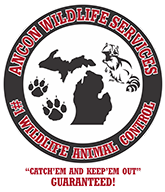


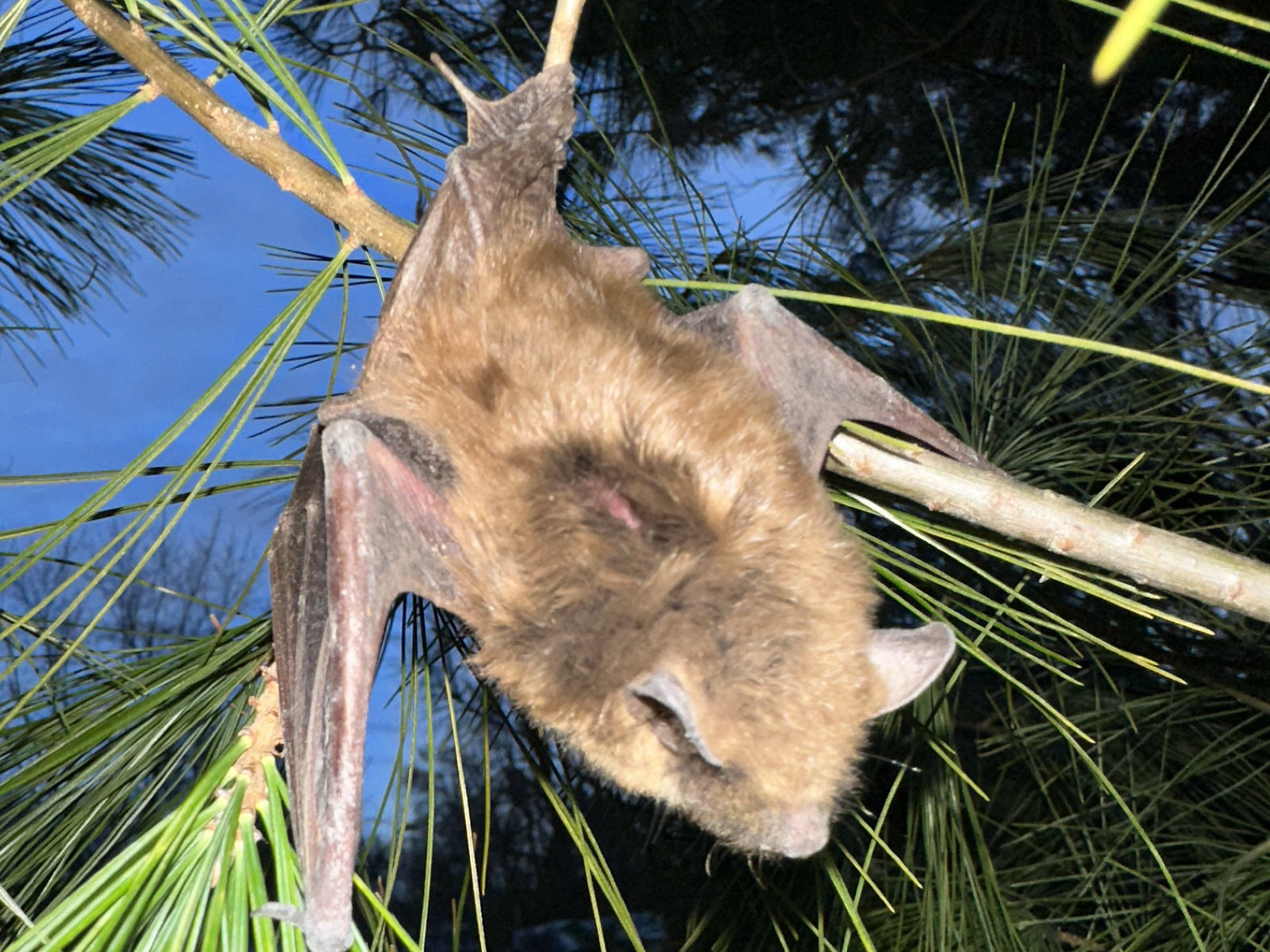
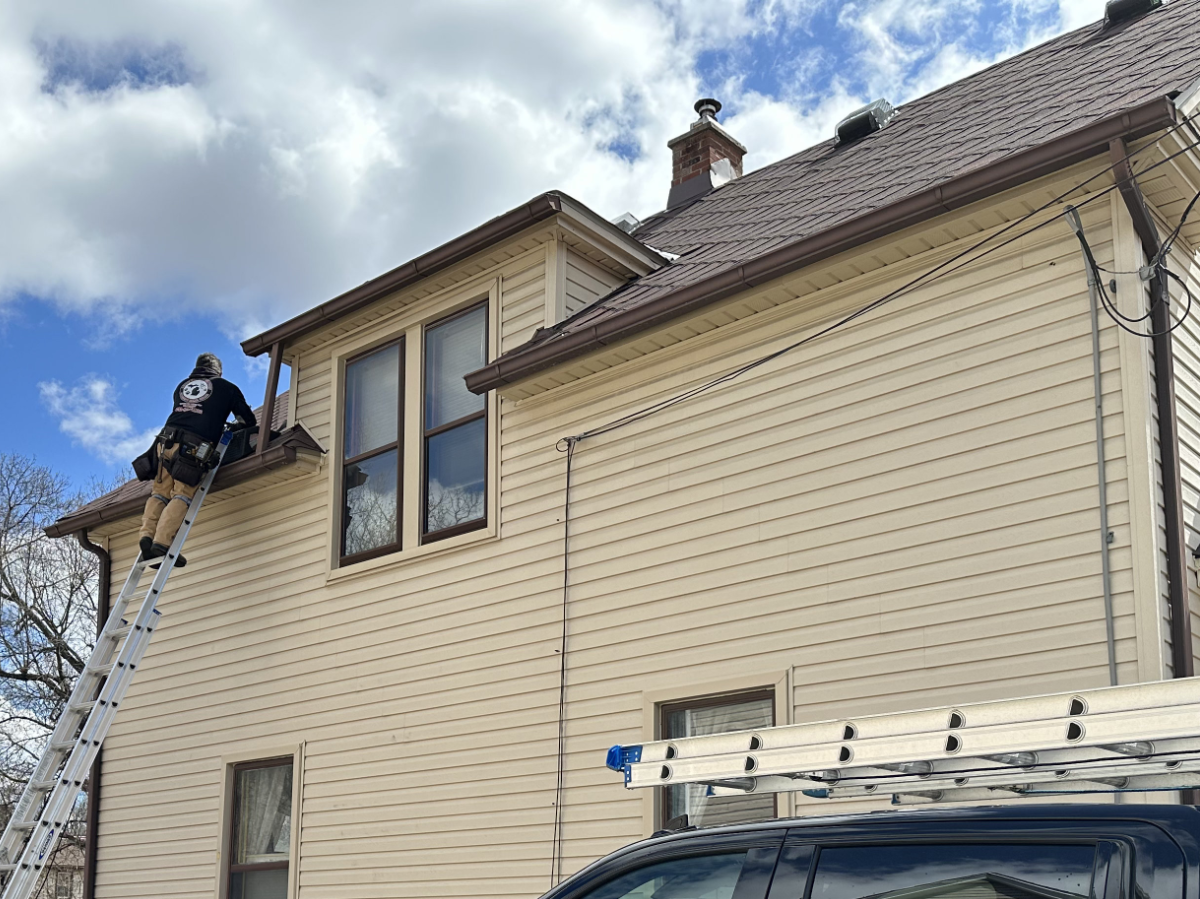
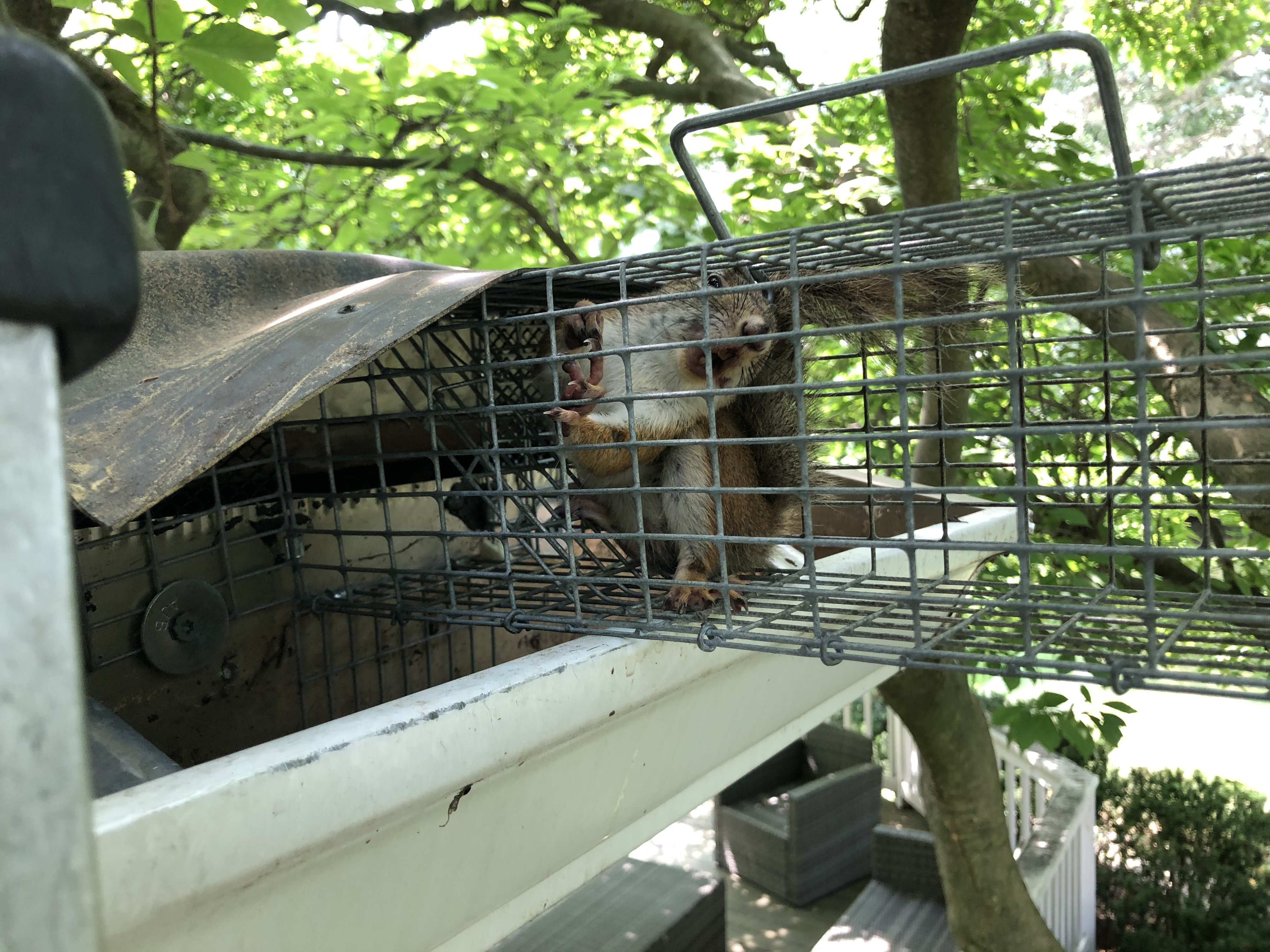

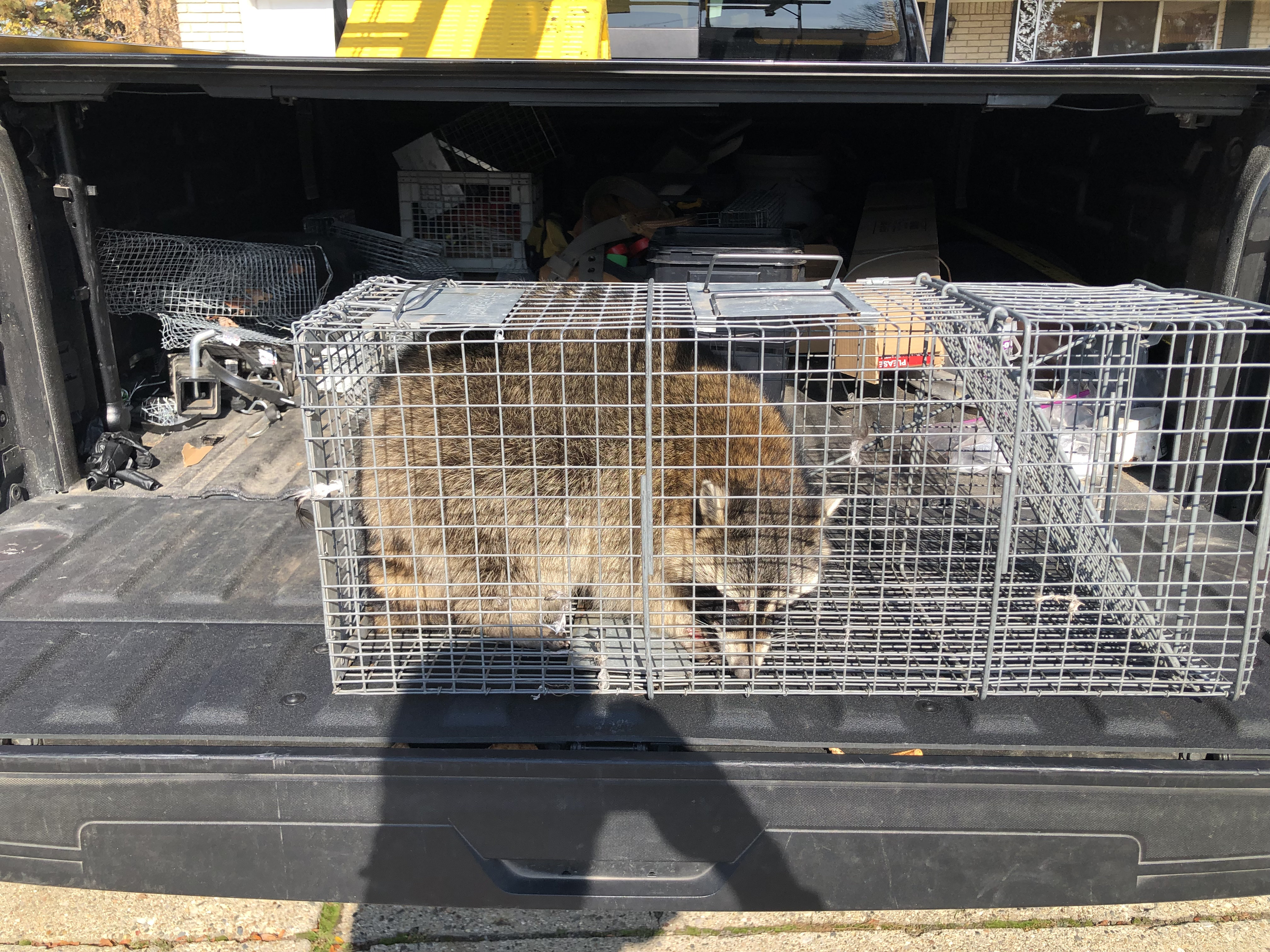
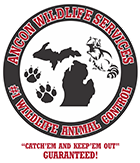


.png) Twitter
Twitter